Voyages of Discovery: A Visual Celebration of Ten of the Greatest Natural History ExpeditionsTony Rice A rare and beautiful selection of works handpicked from the vast archives of London's Natural History Museum.
"The book's greatest contribution is to showcase the work of the artists who, usually under very difficult circumstances, so brilliantly served science and opened Western eyes to new worlds."
- School Library Journal (on the original edition)
Voyages of Discovery is a mesmerizing visual survey of the most significant discoveries in the history of natural science exploration. Superb artwork and photographs spanning three centuries document landmark advances made in the field and bring to life the fascinating stories of the explorers, naturalists, artists and photographers.
The book is fully illustrated in color with informative text and captions. Highlights include: Sir Hans Sloane's 1687 voyage to Jamaica, where he collected and recorded plant specimens, including cocoa, which are preserved to this dayMaria Sybilla Merian's personal journey to Surinam in 1699, where in brilliant detail she recorded butterflies and exotic insectsCharles Darwin's fateful trip to the Galapagos Islands, on which he cataloged finches and fossilsWilliam Bartram's fanciful documentation of North American wildlifeMatthew Flinders' mapping of Australia, where he was accompanied by Ferdinand Bauer, perhaps the greatest of all natural science artists.
The Natural History Museum in London has the world's most comprehensive collection of natural science specimens and artworks. Voyages of Discovery offers readers a privileged opportunity to explore that collection. The Tragic Sense of Life: Ernst Haeckel and the Struggle over Evolutionary ThoughtRobert J. Richards Prior to the First World War, more people learned of evolutionary theory from the voluminous writings of Charles Darwin’s foremost champion in Germany, Ernst Haeckel (1834–1919), than from any other source, including the writings of Darwin himself. But, with detractors ranging from paleontologist Stephen Jay Gould to modern-day creationists and advocates of intelligent design, Haeckel is better known as a divisive figure than as a pioneering biologist. Robert J. Richards’s intellectual biography rehabilitates Haeckel, providing the most accurate measure of his science and art yet written, as well as a moving account of Haeckel’s eventful life. The Romantic Conception of Life: Science and Philosophy in the Age of GoetheRobert J. Richards "All art should become science and all science art; poetry and philosophy should be made one." Friedrich Schlegel's words perfectly capture the project of the German Romantics, who believed that the aesthetic approaches of art and literature could reveal patterns and meaning in nature that couldn't be uncovered through rationalistic philosophy and science alone. In this wide-ranging work, Robert J. Richards shows how the Romantic conception of the world influenced (and was influenced by) both the lives of the people who held it and the development of nineteenth-century science.
Integrating Romantic literature, science, and philosophy with an intimate knowledge of the individuals involved—from Goethe and the brothers Schlegel to Humboldt and Friedrich and Caroline Schelling—Richards demonstrates how their tempestuous lives shaped their ideas as profoundly as their intellectual and cultural heritage. He focuses especially on how Romantic concepts of the self, as well as aesthetic and moral considerations—all tempered by personal relationships—altered scientific representations of nature. Although historians have long considered Romanticism at best a minor tributary to scientific thought, Richards moves it to the center of the main currents of nineteenth-century biology, culminating in the conception of nature that underlies Darwin's evolutionary theory.
Uniting the personal and poetic aspects of philosophy and science in a way that the German Romantics themselves would have honored, The Romantic Conception of Life alters how we look at Romanticism and nineteenth-century biology. Death, Dissection and the DestituteRuth Richardson In the early nineteenth century, body snatching was rife because the only corpses available for medical study were those of hanged murderers. With the Anatomy Act of 1832, however, the bodies of those who died destitute in workhouses were appropriated for dissection. At a time when such a procedure was regarded with fear and revulsion, the Anatomy Act effectively rendered dissection a punishment for poverty. Providing both historical and contemporary insights, Death, Dissection, and the Destitute opens rich new prospects in history and history of science. The new afterword draws important parallels between social and medical history and contemporary concerns regarding organs for transplant and human tissue for research. | Stenberg Brothers: Constructing a Revolution in Soviet DesignPeter Kenez Christopher Mount Georgii Stenberg Vladimir Stenberg Terence Riley The Stenberg brothers, like their contemporaries Aleksandr Rodchenko and El Lissitzky, were artists of immensely varied interests and eclectic skills. They were sculptors, architects, and stage and costume designers, and were enamored of the film and montage theories developed in the suddenly burgeoning Soviet film industry. As seen in this book's superb colorplates, they brought to film poster design an extraordinary compositional dynamism, originality, and contrast of scale, employing many of the artistic conventions of the Constructivist movement to great effect.
Essays by Christopher Mount and Peter Kenez.
Foreword by Terence Riley. The Arts in Latin America, 1492-1820Joseph J. Rishel Essays by Gauvin Alexander Bailey, Clara Bargellini, Dilys E. Blum, Elizabeth Hill Boone, Marcus Burke, Mitchell A. Codding, Thomas B. F. Cummins, Cristina Esteras Martín, M. Concepción García Sáiz, Ilona Katzew, Adrian Locke, Gridley McKim-Smith, Alfonso Ortiz Crespo, Jorge F. Rivas P., Nuno Senos, Edward J. Sullivan, and Marjorie Trusted.
By the end of the 16th century, Europe, Africa, and Asia were connected to North and South America via a vast network of complex trade routes. This led, in turn, to dynamic cultural exchanges between these continents and a proliferation of diverse art forms in Latin America. This monumental book transcends geographic boundaries and explores the history of the confluence of styles, materials, and techniques among Europe, Africa, Asia, and the Americas through the end of the colonial era––a period marked by the independence movements, the formation of national states, and the rise of academic art.
Written by distinguished international scholars, essays cover a full range of topics, including city planning, iconography in painting and sculpture, East-West connections, the power of images, and the role of the artist. Beautifully illustrated with over 450 works—many published for the first time—this book presents a spectacular selection of decorative arts, textiles, silver, sculpture, painting, and furniture. Scholarly entries on some three hundred works highlight the various cultural influences and differences throughout this vast region. This groundbreaking book also includes an illustrated chronology, informative maps, and an exhaustive bibliography and is sure to set a new standard in the field of Latin American studies. |
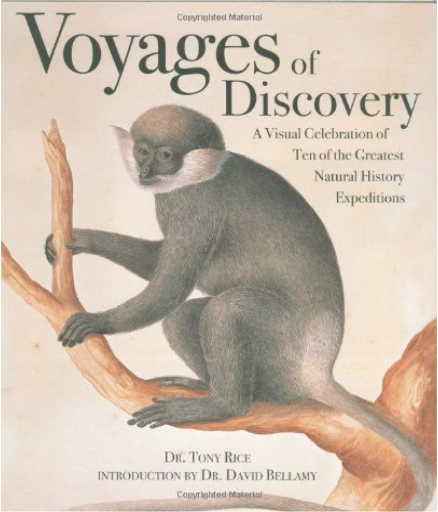

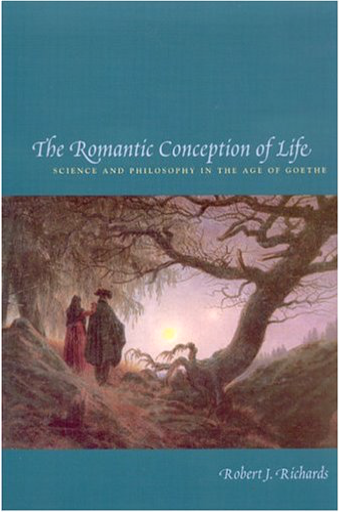
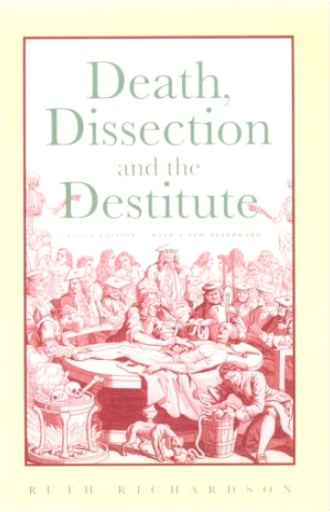
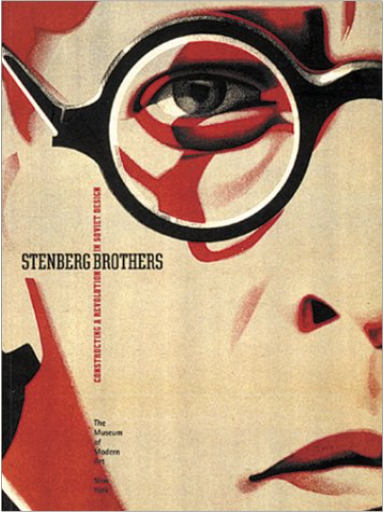

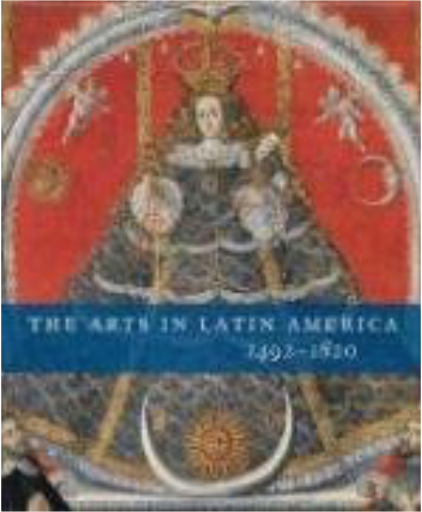

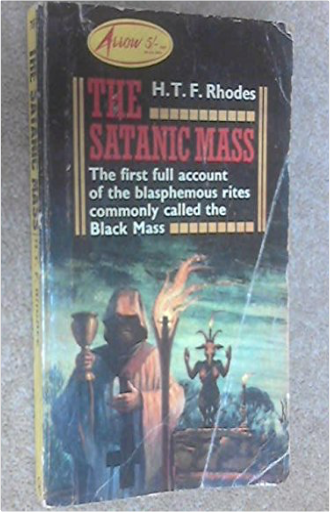


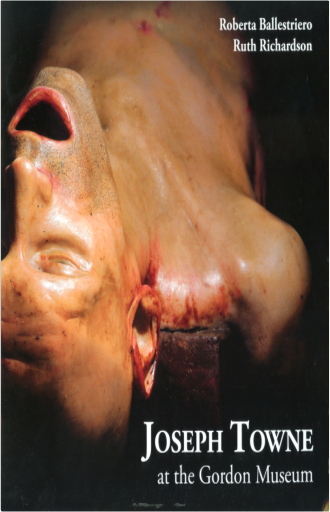
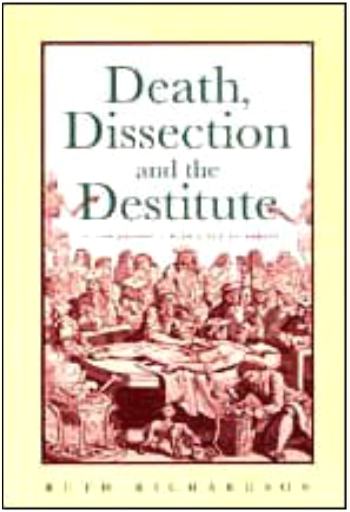

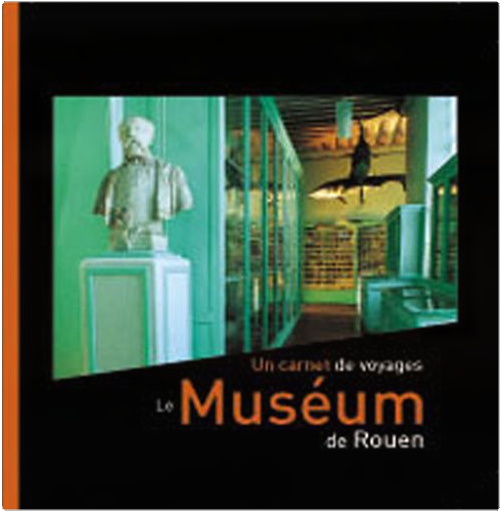

 Made with Delicious Library
Made with Delicious Library